What is a capacitor?
A capacitor is an electrical component used to store and release electrical energy in a circuit. It consists of two conductive plates separated by an insulating material called a dielectric. When a voltage is applied across the plates, an electric field forms, and electrical energy is stored in the dielectric.
Types of capacitors
Ceramic Capacitors

Ceramic capacitors are among the most common types of capacitors and are characterized by their use of ceramic materials as the dielectric. They are valued for their stability, reliability, and relatively low cost. The ceramic dielectric allows these capacitors to perform well in high-frequency applications, making them ideal for use in decoupling and filtering circuits. They come in various forms, such as multi-layered and disc types, and are widely employed in consumer electronics, automotive systems, and communication devices.
Electrolytic Capacitors

Electrolytic capacitors are known for their high capacitance values relative to their size, thanks to their construction, which includes a liquid electrolyte as one of the plates. These capacitors are polarized, meaning they must be connected in the correct orientation within a circuit. They are commonly used in power supply filters, audio applications, and other scenarios where high capacitance and relatively low cost are required. Despite their advantages, they tend to have higher equivalent series resistance (ESR) and shorter lifespans compared to other types.
Tantalum Capacitors
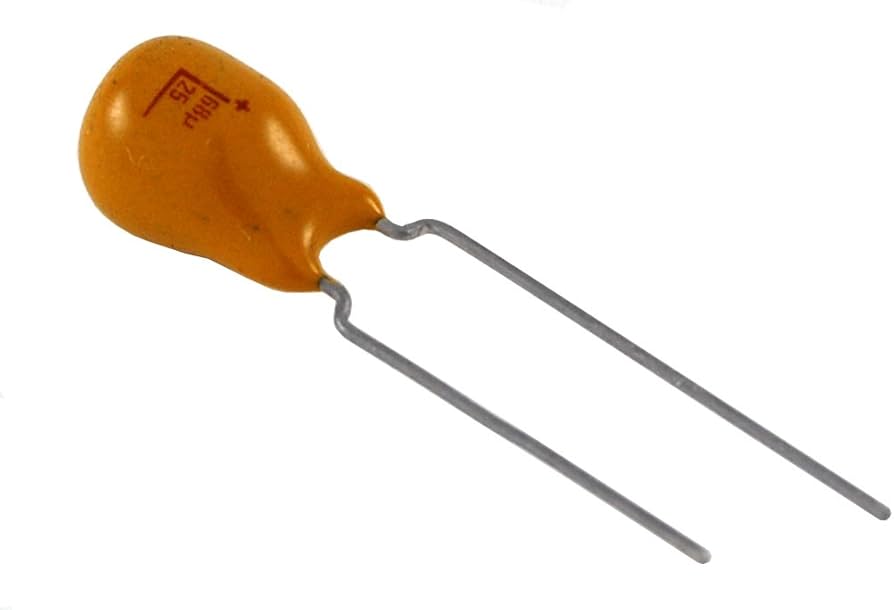
Tantalum capacitors utilize tantalum metal as the anode and an oxide layer as the dielectric, offering high capacitance in a small volume. This makes them suitable for compact and high-performance applications. They are known for their stability, reliability, and low ESR, which makes them ideal for use in digital circuits, mobile devices, and other electronics requiring stable performance. However, they are generally more expensive than ceramic and electrolytic capacitors.
Film Capacitors
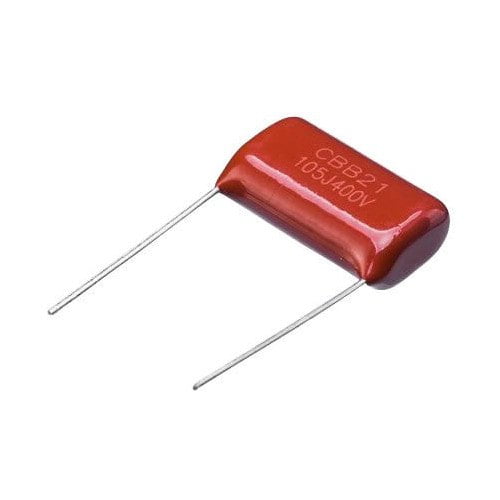
Film capacitors use a thin plastic film as the dielectric material and are appreciated for their low equivalent series resistance (ESR) and minimal losses. They are highly reliable and stable, which makes them suitable for precision applications. These capacitors come in various types, including polyester, polypropylene, and polycarbonate, each offering different characteristics. Film capacitors are widely used in audio equipment, high-frequency circuits, and for signal processing applications due to their stable performance and longevity.
Super capacitors (Ultra capacitors)
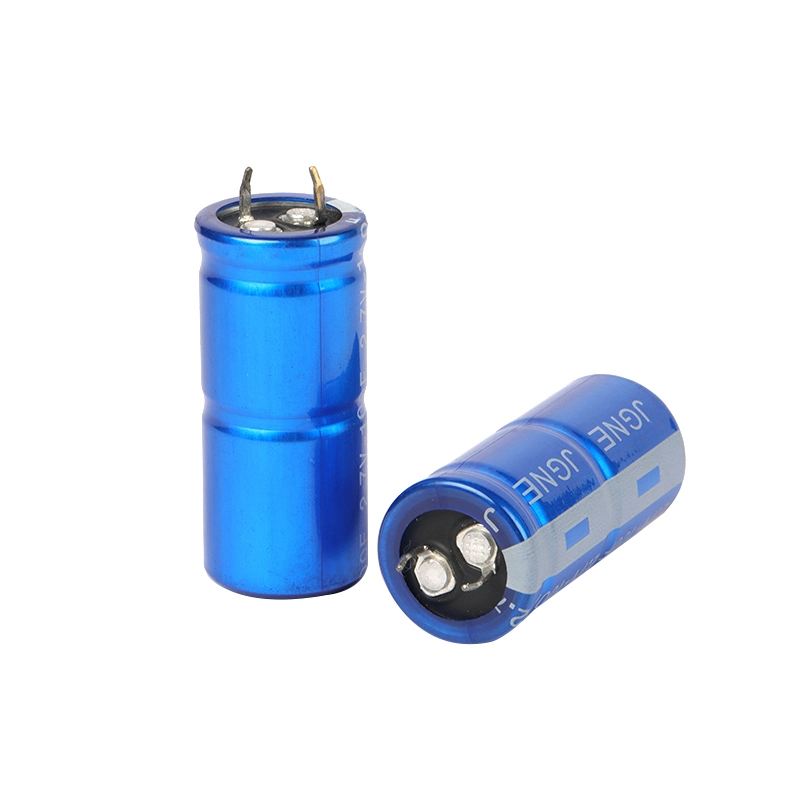
Supercapacitors, also known as ultracapacitors or electric double-layer capacitors (EDLCs), offer extremely high capacitance values and are designed to deliver rapid charge and discharge cycles. They are used in applications requiring high power density and quick energy storage and release, such as in regenerative braking systems in electric vehicles and backup power supplies. Supercapacitors bridge the gap between traditional capacitors and batteries, offering a unique combination of high power and energy density.
Mica Capacitors
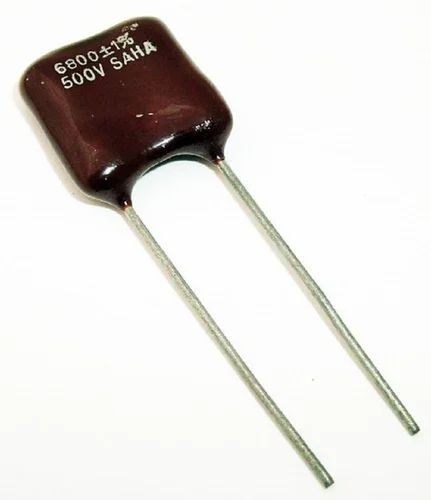
Mica capacitors use mica as the dielectric material, which provides high precision and stability. Known for their low equivalent series resistance (ESR) and low losses, mica capacitors are often employed in high-frequency and high-voltage applications where stability and accuracy are critical. They are used in RF circuits, oscillators, and other precision electronics due to their excellent performance in demanding conditions.
Variable Capacitors
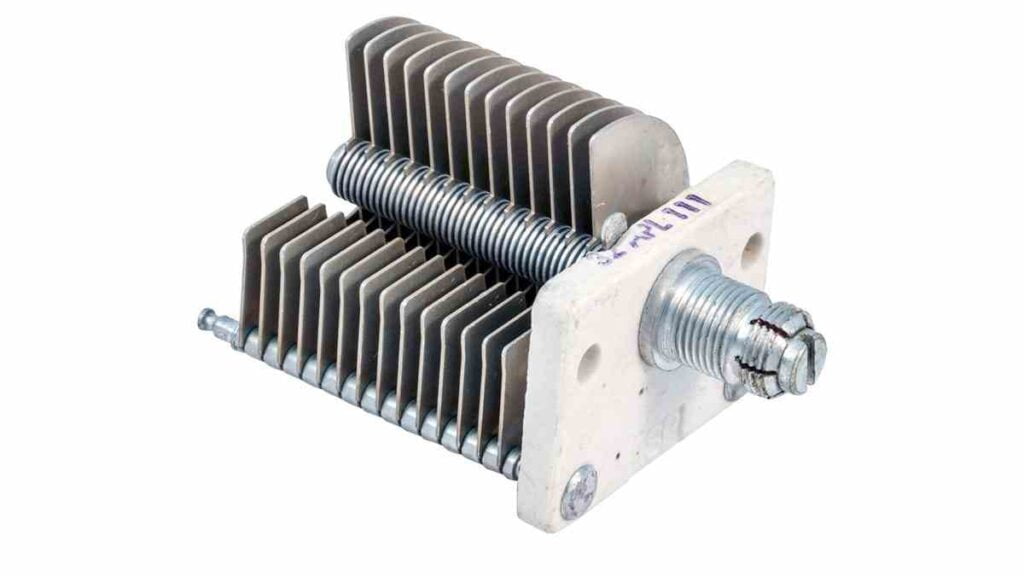
Variable capacitors are designed to allow adjustments in capacitance, which can be done either manually or automatically. They typically feature a rotating plate or varying distance between the plates, enabling users to fine-tune the capacitance value. Variable capacitors are commonly used in tuning circuits, such as in radios and communication devices, where precise adjustments are necessary to achieve optimal performance.
Functions of Capacitor
Energy Storage
One of the primary functions of a capacitor is to store electrical energy. When a capacitor is connected to a power source, it accumulates electrical charge on its plates, creating an electric field within the dielectric material. This stored energy can be released back into the circuit when needed, such as in applications where temporary energy supply is required. This characteristic makes capacitors essential in power smoothing, where they help maintain a stable voltage level by compensating for fluctuations.
Filtering and Smoothing
Capacitors are widely used for filtering and smoothing in electronic circuits. In power supply circuits, capacitors help smooth out the fluctuations in voltage by filtering out high-frequency noise and ripples from the power supply. This is achieved by charging and discharging the capacitor to maintain a steady output voltage. This filtering action is crucial in ensuring that sensitive electronic components receive a stable and clean power supply, which improves the overall reliability and performance of electronic devices.
Timing and Oscillation
Capacitors play a key role in timing and oscillation circuits. In conjunction with resistors, capacitors can create time delays and generate specific frequencies. For example, in RC (resistor-capacitor) circuits, the time constant, which determines how long it takes for the capacitor to charge or discharge, is crucial for generating accurate time delays. This functionality is used in various applications, including timers, pulse generators, and oscillators, which are essential for the operation of many electronic devices.
Signal Coupling and Decoupling
In electronic circuits, capacitors are used for signal coupling and decoupling. Coupling capacitors allow AC signals to pass from one stage of a circuit to another while blocking DC components, which helps in maintaining signal integrity and isolating different parts of the circuit. Decoupling capacitors, on the other hand, are used to reduce noise and prevent voltage fluctuations by providing a local charge reservoir near sensitive components. This ensures stable operation and reduces the impact of transient disturbances on the circuit.
Voltage Regulation and Stabilization
Capacitors are integral to voltage regulation and stabilization in electronic circuits. They help maintain a constant voltage level by absorbing and releasing charge as required. In voltage regulation circuits, capacitors smooth out variations in the output voltage, ensuring that the voltage remains within a specified range. This function is critical in maintaining the proper operation of electronic devices, preventing damage caused by voltage spikes, and ensuring reliable performance over time.
History of Capacitor
Early Discoveries
The history of the capacitor dates back to the early 18th century. The concept of capacitance began with the discovery of the Leyden jar, a primitive capacitor invented independently by Pieter van Musschenbroek in the Netherlands and Ewald Georg von Kleist in Germany around 1745-1746. The Leyden jar was one of the first devices capable of storing electrical charge, and it consisted of a glass jar coated inside and outside with metal foil, which acted as the conductive plates. This early capacitor could hold and discharge electricity, demonstrating the fundamental principles of capacitance.
19th Century Developments
In the 19th century, further advancements in capacitor technology were made. Michael Faraday, in the early 1830s, conducted experiments that led to the understanding of the relationship between capacitance and the dielectric material used. He discovered that the capacitance of a capacitor increases with the dielectric constant of the insulating material between the plates. This discovery was crucial for the development of more efficient capacitors.
Early 20th Century Innovations
The early 20th century saw significant improvements in capacitor design and materials. The introduction of electrolytic capacitors by Wilhelm H. Schering in the 1920s marked a major advancement. Electrolytic capacitors used an electrolyte as one of the conductive plates, allowing for much higher capacitance values than other types at that time. This innovation led to widespread use in power supply filtering and other applications.
Mid to Late 20th Century Advancements
The mid-20th century brought further developments in capacitor technology. The introduction of tantalum capacitors in the 1950s offered high capacitance values in a compact size, thanks to the use of tantalum metal as the anode material. Additionally, advancements in dielectric materials led to the development of film capacitors, which provided high stability and reliability for a range of applications. The development of solid electrolytes and improved manufacturing techniques allowed for the creation of capacitors with enhanced performance and durability.
Modern Era
In recent decades, capacitors have continued to evolve with advancements in materials and technology. Supercapacitors, or ultracapacitors, emerged in the late 20th and early 21st centuries, offering extremely high capacitance and rapid charge/discharge capabilities. They have found applications in energy storage systems, regenerative braking in electric vehicles, and backup power solutions. Innovations in materials, such as organic and polymer-based dielectrics, have also expanded the range of capacitor applications and improved their performance across various electronic devices.
Overall, the history of the capacitor reflects a progression from simple energy storage devices to complex components essential for modern electronics, driven by continuous advancements in materials and technology.
I Am J.P Meena From Guna, MP (India) I Owner of Allwikipedia.org Blog. World class information on Technology & Science is researched and brought to you on allWikipedia.org